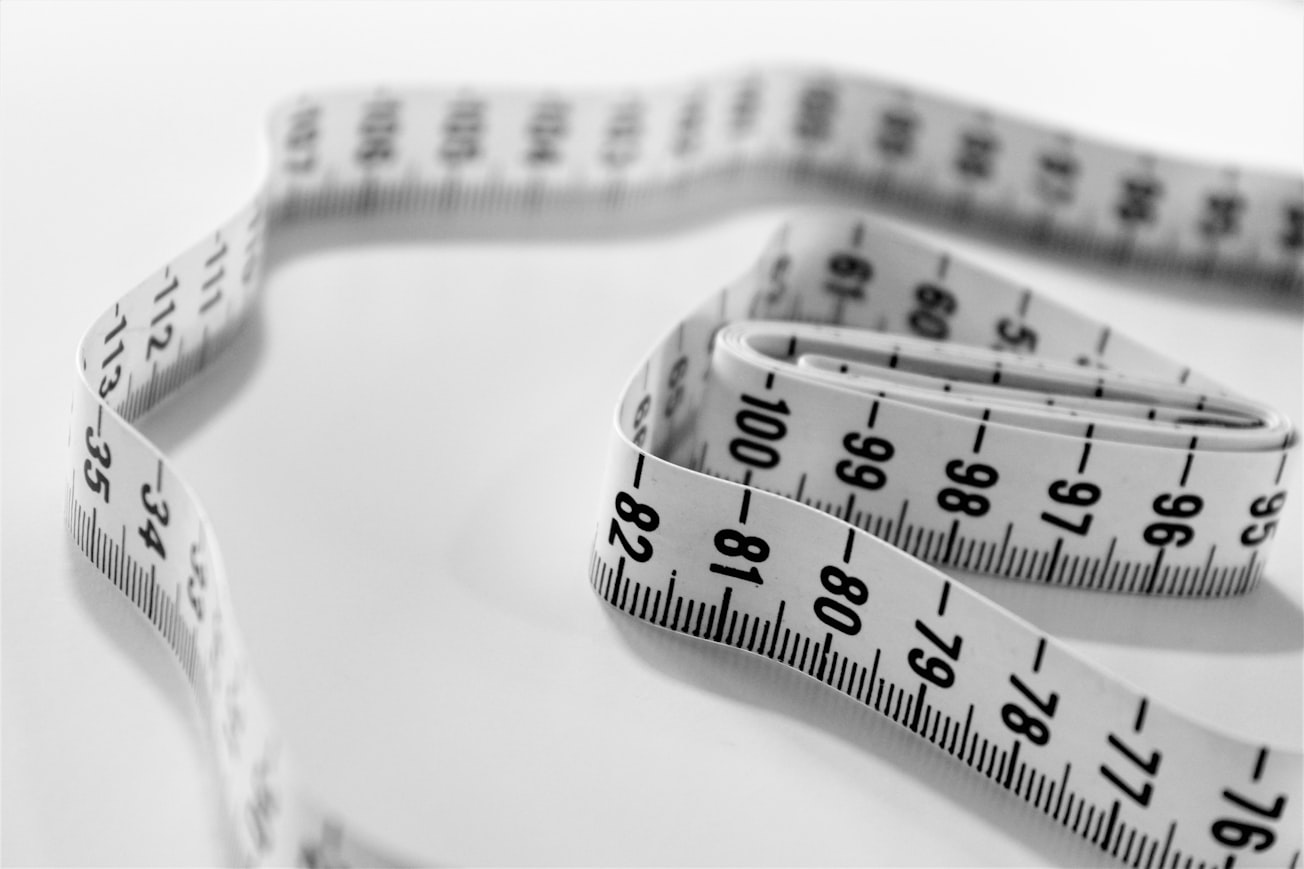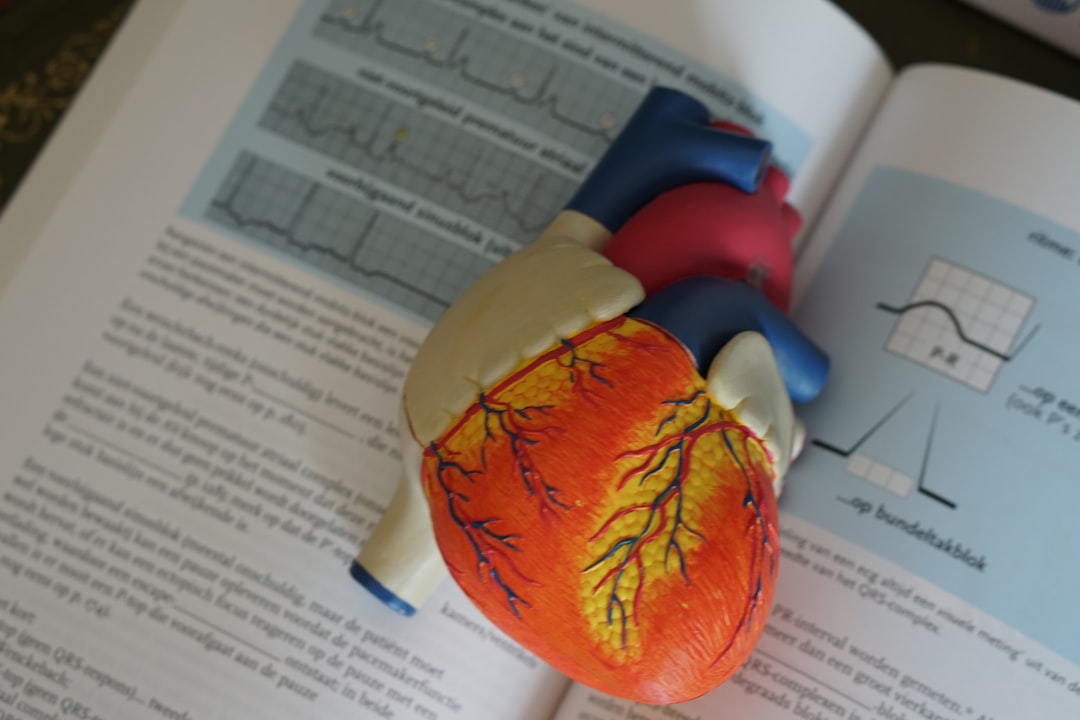What is it about?
We describe the priorities of orthotists and physical therapists regarding quality measurement themes, and how feasible they believe it would be to collect data from persons using custom AFOs. We conducted an online survey that asked them to provide their feedback. Over 600 respondents provided information. 60% rated 20 quality of care topics as extremely important, and identified 12 standard instruments as feasible and good to use for quality measurement. They thought that patients should be the source of information for ease of scheduling, device weight, ease of donning and doffing, adherence to device use, beneficial effects, activity level and independence, and quality of life. They thought clinicians should report details about material quality, device modifiability, and joint range of motion, and that facility records should be the source for information about timeliness of device delivery and clinician follow-up. Respondents thought that gait speed and walking endurance were best obtained by patient performance.
Featured Image

Photo by Siora Photography on Unsplash
Why is it important?
There are no agreed upon criteria to judge quality of orthotics service delivery. We learned what issues that orthotists and physical therapists regard as priorities for defining healthcare quality for persons using custom ankle-foot orthoses and instruments for data collection. Results will guide on-going discussions about quality measures.
Perspectives
PTs and orthotists are partners in assuring quality of care for people using custom AFOs. It was critical to seek their input on next steps in quality measure development.
Allen Heinemann
Northwestern University
Read the Original
This page is a summary of: Orthotists’ and physical therapists’ perspectives on quality of care indicators for persons with custom ankle-foot orthoses, Assistive Technology, May 2019, Taylor & Francis,
DOI: 10.1080/10400435.2019.1610814.
You can read the full text:
Contributors
The following have contributed to this page










